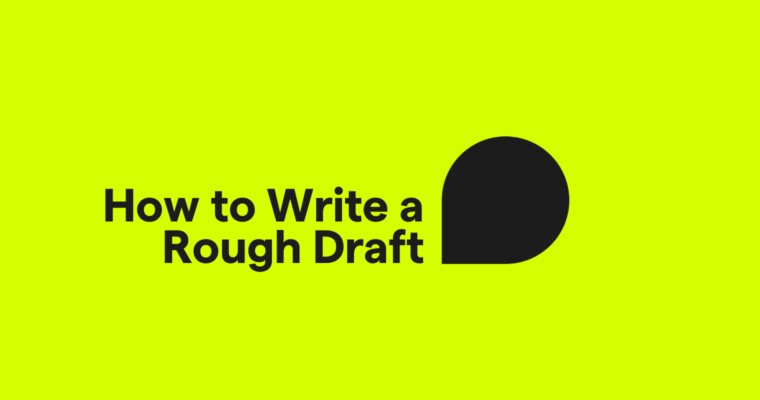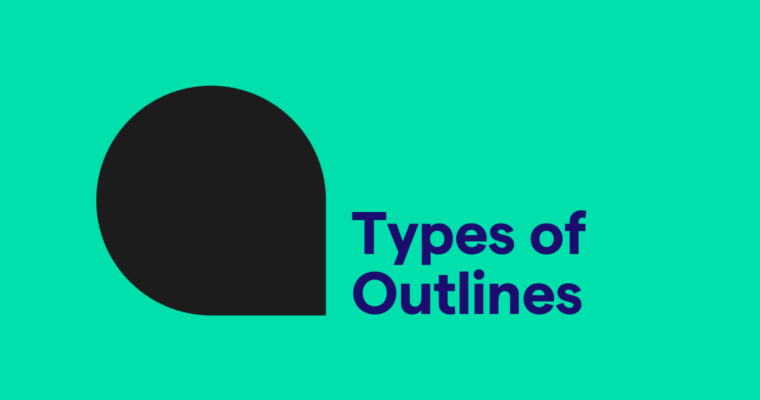
Broadly speaking, editing is considered the final step in the writing process before publication. However, the editing phase includes multiple types of editing, all of which are intended to refine the written work into an easy-to-understand and mistake-free version.
Two types of editing that are commonly used interchangeably are copy editing and proofreading. Both types of editing clean up writing, but each has its distinct contribution to the process.
What is copy editing?
Copy editing takes place after a substantive edit but before proofreading. The objective of copy editing is to polish the copy so that it’s clear while retaining the author’s voice and meaning. Copy is defined as “matter to be printed,” and a copy editor is responsible for this polishing step. They comb through a written work to identify and correct:
- Grammar
- Spelling
- Tone and style deviations
- Wordiness
- Clunky transitions
- Confusing syntax
- Problematic or misused words
- Uneven flow
After a copy edit, the copy should be a cohesive, readable piece that adheres to the publication’s tone and style guidelines.
What is proofreading?
Proofreading takes place after the copy editor has completed their work and before the work is published. This step gets its name from the traditional typesetting process. Before multiple book copies were printed, a test version of a manuscript or book, called a “galley proof,” would be created. Proofreaders would read through these proofs to spot and fix mistakes before moving them forward to printing.
A proofreader is a specialized editor who’s tasked with reviewing the mechanical elements of the copy. They are the final set of eyes to address issues involving:
- Grammar
- Spelling
- Punctuation
- Capitalization
- Formatting
- On-page layout
In addition to correcting mechanical, fine line oversights that might have slipped through the editing process, proofreaders are responsible for fixing on-page elements. These might include inconsistent headers and subheads, page numbers and breaks, placement of visual assets like a table or chart, and other formatting issues.
Copy editing vs. proofreading
There is some overlap between copy editing and proofreading in that both steps fall under mechanical editing. Although they have some steps in common, such as rectifying misspellings and incorrect grammar, there are notable differences.
Copy editing aims to ensure that statements logically flow from one sentence to the next while keeping the content accessible to its intended readership. Copy editors are also the gatekeepers that uphold a publication’s tone and style rules. They enforce cohesion within an individual work as well as across all works under the publication.
Proofreading differs from copy editing in that it is charged with cleaning up mechanical inconsistencies overlooked throughout the editing process. Proofreaders aren’t as concerned about whether the statements and ideas are fluid and cohesive; rather they care that the words on the page look as they should.
Whether you’re self-editing your work, submitting your draft to editors for review, or reviewing an author’s draft, understanding the difference between copy editing versus proofreading can help you fine-tune your editing process.
Copy editing and proofreading examples
Below is an example of copy editing and proofreading in action, using the same copy with edits shown in red for illustrative purposes.
Copy editing
Example:
I think out loud sometimes but lose track of why I started thinking out loud in the first place. People who pass me by often think I’m asking them a question out of nowhere and for not reason. But there’s always a reason, they just don’t know it. “But that doesn’t make sense, now does it?,” I’d cry out. And the young, college student sitting on on the same park bench responds, “What doesn’t make sense?”
Copy edited version:
I think out aloud sometimes but lose track of why I started thinking out loud did so in the first place. Passersbyeople who pass me by often think I’m asking them a question out of nowhere and for not reason. But there’s always a reason,—they just don’t know it.
“But that doesn’t make sense, now does it?,” I’d cry out.
“What doesn’t?,” the young, college student sitting on on the same park bench responds.,
Proofreading
Example:
I think out loud sometimes but lose track of why I started thinking out loud in the first place. People who pass me by often think I’m asking them a question out of nowhere and for not reason. But there’s always a reason, they just don’t know it. “But that doesn’t make sense, now does it?,” I’d say out loud. And the young, college student sitting on on the same park bench responds, “What doesn’t?”
Proofread version:
I think out loud sometimes but lose track of why I started thinking out loud in the first place. People who pass me by often think I’m asking them a question out of nowhere and for not reason. But there’s always a reason,—they just don’t know it.
“But that doesn’t make sense, now does it?,” I’d cry out. And the young, college student sitting on on the same park bench responds, “What doesn’t?”
Copy editing vs. proofreading FAQs
What is copy editing?
Copy editing is a step in the editing process that typically occurs after substantive editing. It involves identifying and fixing errors related to spelling and grammatical typos, tone and style inconsistencies, awkward syntax, and poor word choice. The goal of copy editing is to create cohesion while maintaining the integrity of the author’s voice and meaning.
What is proofreading?
Proofreading is the final step in the editing process and is done before a written piece moves on to publication. Proofreaders are the final line of defense against surface-level typos and on-page formatting inconsistencies. In addition to performing the last scan for spelling, grammar, and punctuation, they are responsible for verifying page counts, the placement of page breaks and other visual assets within the text, header format, and more.
What’s the difference between copy editing and proofreading?
The difference between copy editing and proofreading lies in which components of a written work each role focuses on. In copy editing, the copy is tidied up for conciseness and polished so that the information is delivered to the reader clearly. Proofreading, however, is the last opportunity to catch errors and correct inconsistencies relating to how the page looks.






